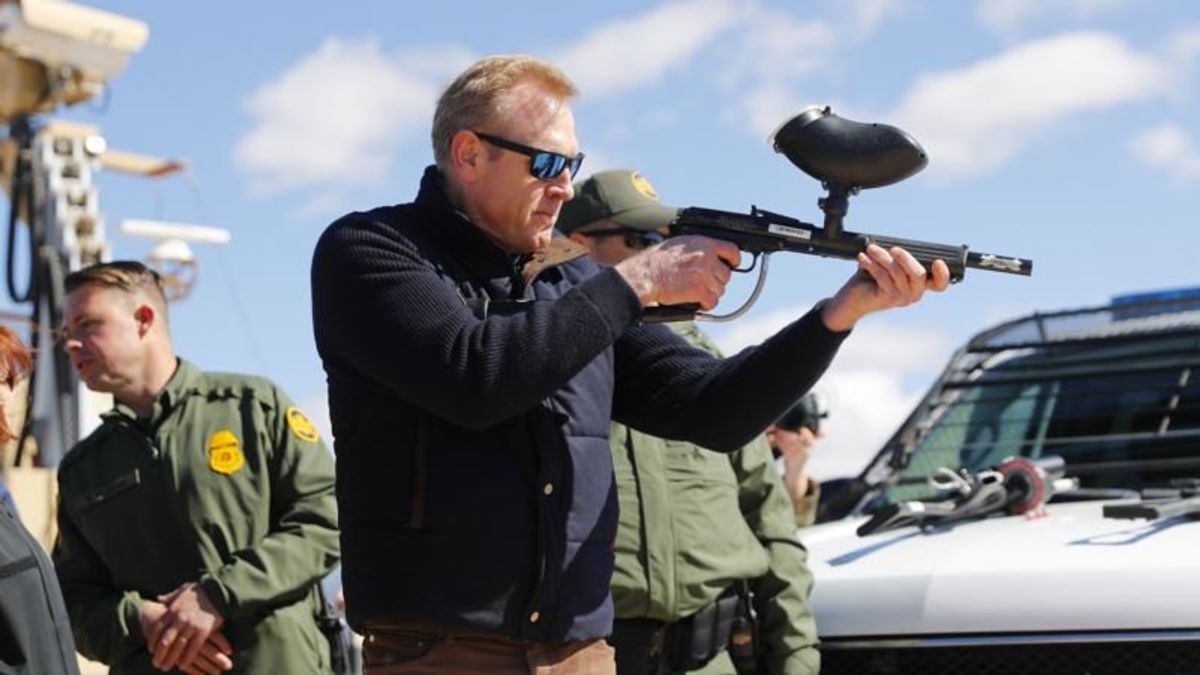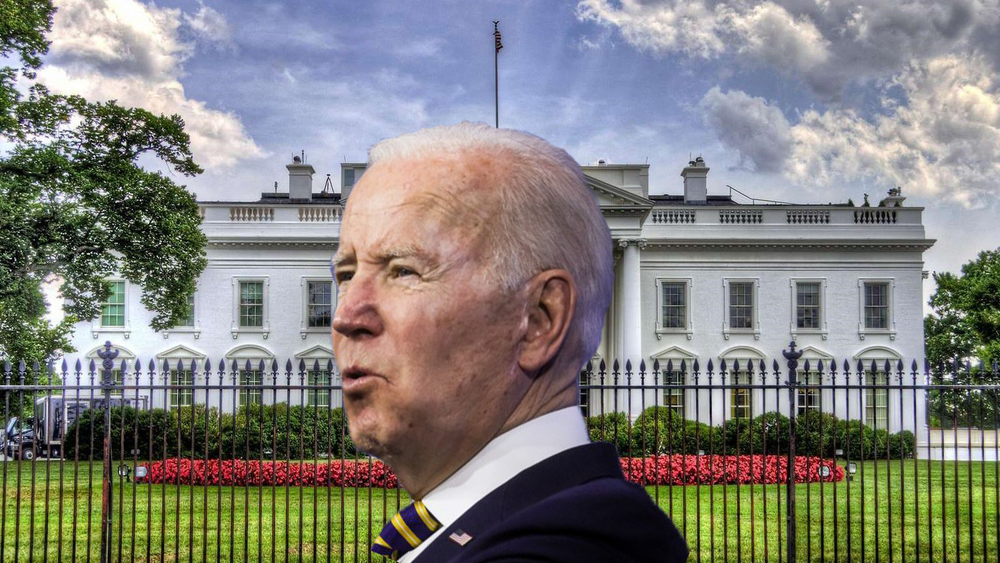
Pentagon Chief: Border Security Needs Broader Approach
Pentagon Chief: Border Security Needs Broader Approach

EL PASO, TEXAS —
Acting Defense Secretary Patrick Shanahan said Saturday after visiting the U.S.-Mexico border that the government needs a broader, more effective approach to border control. He suggested the Pentagon might contribute with its expertise in surveillance and monitoring.
“How do we get out of treating the symptoms and get at the root of the issue,” Shanahan said in an interview while flying back to Washington.
Considering how the military could reinforce efforts to block drug smuggling and other illegal activity comes as the Pentagon weighs diverting billions of dollars for President Donald Trump’s border wall.
Shanahan said he was not volunteering the Pentagon to take over any part of border control, which is the responsibility of the Department of Homeland Security. But he said his visit led him to question whether there should be a “wholesale redesign” of the way border control is done by the federal government.
Shanahan said the Pentagon is willing to continue supporting the DHS but wants to see a longer-term solution.
“I don’t want to just add resources and not fix the problem,” he said.

Surveillance, reconnaissance expertise
The Pentagon, for example, has agreed to temporarily provide active-duty troops to operate Border Patrol vehicles whose cameras can surveil wide areas along the border. Shanahan said this will free up the Border Patrol to do other important aspects of their mission. He said this is a function that could be developed more fully with the benefit of decades of U.S. military experience with ground and aerial reconnaissance and surveillance around the world.
In addition to speaking with Border Patrol agents and other leaders during his visit, Shanahan flew in a V-22 Osprey aircraft along dozens of miles of border west of El Paso, including two areas where DHS is proposing to replace vehicle barriers with 18-foot and 30-foot border walls.
Shanahan and the Joint Chiefs chairman, Gen. Joseph Dunford, visited a border site called Monument Site 3 where a stretch of 18-foot border wall stands atop a huge landfill. They also got a close look at Border Patrol vehicles used for surveillance. Vehicle-mounted surveillance cameras can see as far as eight miles away.

High-priority projects
During the visit Shanahan tried his hand at firing a couple of Border Patrol weapons, including one that fires plastic bullets.
The two border control sites farther west are on a list of high-priority projects DHS submitted to Shanahan Friday to support its request for money to pay for construction of roads, replacement of vehicle barriers and dilapidated pedestrian fencing, and installation of lighting. The pedestrian fencing would include detection systems that could alert border patrol agents when someone is attempting to damage or break through the fencing. The money would come from the Pentagon’s drug interdiction programs.
One such project proposed by DHS, dubbed “El Paso Project 1,” includes segments of border west of El Paso, in Luna and Dona Ana counties, in New Mexico. This is among areas DHS cites as known drug smuggling corridors used by Mexican cartels.
These projects are separate from, but related to, those Shanahan is expected to pay for by diverting money that Congress appropriated for military construction projects. This could total as much as $3.6 billion, although Shanahan has not yet determined that the diversion is justified. His visit Saturday was meant to help him decide whether to approve such spending.

DHS has yet to provide the details that Shanahan says he needs before making his decision on the repurposing of military construction funds. He has said he is likely to provide the full $3.6 billion the White House is expecting, plus $2.5 billion from the drug interdiction program. Trump authorized the use of these military funds when he declared a national emergency to build a wall.
Corps of Engineers
Wall construction would be done under contracts managed by the Army Corps of Engineers, whose commander, Lt. Gen. Todd Semonite, accompanied Shanahan on Saturday. The Corps has built 126 miles (203 kilometers) of border wall in the last two years — mostly replacement barriers, Semonite told reporters.
There are about 2,900 active-duty troops and about 2,100 National Guard troops on the border in support of Customs and Border Protection. That combined total of 5,000 is expected to grow to 6,000 by March 1 as the Pentagon provides additional support.
The border mission for active-duty forces began on Oct. 30, 2018, as Trump asserted that caravans of Central American migrants posed an urgent national security threat. Critics dismissed his use of the military on the border as a political gimmick on the eve of midterm congressional elections. The active-duty mission has since been extended to Sept. 30.
 Mueller: Manafort ‘Brazenly Violated the Law’ for YearsNext PostExplainer: What Is the Green New Deal?
Mueller: Manafort ‘Brazenly Violated the Law’ for YearsNext PostExplainer: What Is the Green New Deal?





